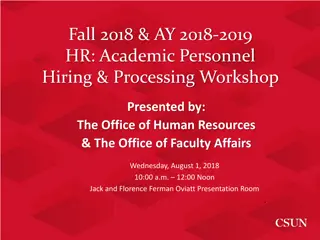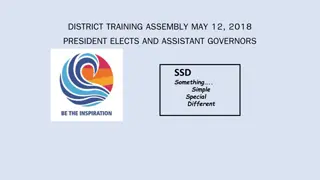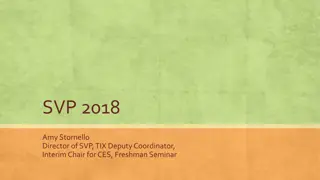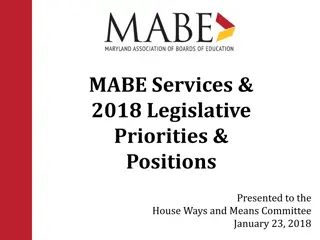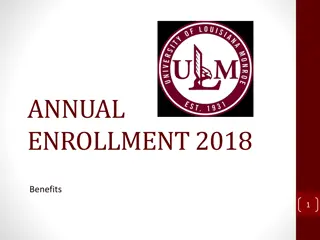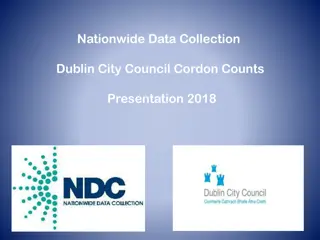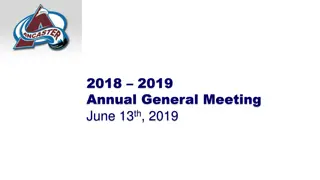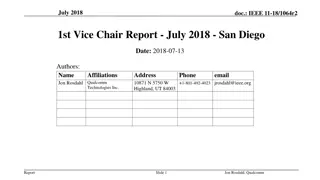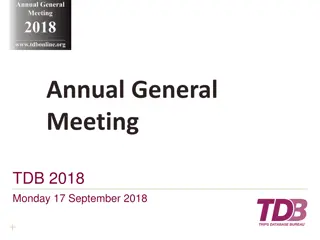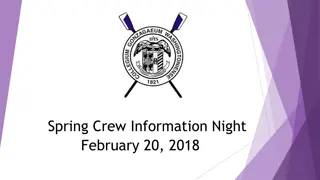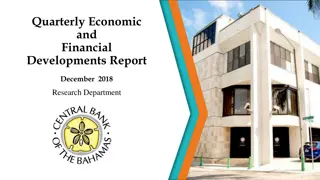
Effective Note-Taking Strategies for Interpreters
Discover essential strategies for effective note-taking in interpretation, including what to note (main ideas, links between ideas, verb tenses), how to note (using abbreviations), and when to note (immediately after the speaker). Improve your skills through monolingual consecutive translation and sight translation techniques. Enhance your confidence and vocabulary while ensuring clarity in your notes.
Download Presentation

Please find below an Image/Link to download the presentation.
The content on the website is provided AS IS for your information and personal use only. It may not be sold, licensed, or shared on other websites without obtaining consent from the author. If you encounter any issues during the download, it is possible that the publisher has removed the file from their server.
You are allowed to download the files provided on this website for personal or commercial use, subject to the condition that they are used lawfully. All files are the property of their respective owners.
The content on the website is provided AS IS for your information and personal use only. It may not be sold, licensed, or shared on other websites without obtaining consent from the author.
E N D
Presentation Transcript
What, How& when to note
What to note 1. Main Idea, to be able to easily track back the structure of the speech; 2. Links between Ideas, as the relations between individual ideas influence the overall meaning of the text. 3. Verb Tense, as the modes and tenses of verbs have decisive influence on the meaning of a sentence.
How to Note 1. Abbreviations can help the interpreter understand immediately when reading back notes. Suggestions: Write what is heard: high-hi; know no; free fe Drop medial vowels: build bld; legal lgl; bulletin bltn Write initial and final vowels: office ofs; easy ez; follow
When to Note The answer is as soon as possible without having to complete unit of meaning . You cannot afford to take longer than the speaker. You are expected to react immediately after the speaker has finished. Do not forget that you need to create your own notation system, as everyone has completely different personalities and ways of acquiring and retrieving something from memory. Keep your notes brief, clear and accurate. The single best rule is ECONOMY OF WORDS. Remember that there is not enough time to jot down every sentence, sp focus on putting down the essence. It is highly recommended to take notes only in the target language to reduce the time-consuming process of translation to a minimum.
start with "monolingual" consecutive translation. Listen to a speech in your native language, write down your notes, then try to do some reformulation exercises into your native language. This will increase your confidence in reading your notes quickly and broaden your vocabulary. - take a moment to think about your note-taking technique. You can write a lot, or use only a few written elements - the important thing is that what you write is CLEAR to you. it's easy to get confused with similar words (like "project", "plan", "process") but you need to make your own way through them with your own system of symbols
- sight translation is also very useful. try to use a tape recorder and listen to yourself afterwards, or ask a friend to help you. - another useful technique to begin with consecutive interpreting is to start listening to one single sentence at a time. listen to it, take your notes, then STOP the tape recorder and try and translate the sentence. seems like a "slow" way to begin, but you gain confidence in what you're saying, you feel no pressure to take notes hastily, and you learn how to do it THINKING about what you're writing down
Think in concepts, not words. Note only data, names of towns, titles etc... and connecting words/symbols. Recreate the concepts in your own words, but be careful not to give your own meaning in the target language. The content has to reflect what the speaker said The other important advice is: practice, practice, practice. You cannot expect to plunge into this endeavor without having practiced a lot and having the feeling you master the technique.

